There’s a simple yet often overlooked trick to keeping tomatoes fresh for longer: storing them stem-side down at room temperature. While many people toss tomatoes into the fridge or leave them haphazardly on the counter, this small adjustment in storage can make a significant difference in preserving their flavor, texture, and shelf life. The science behind it is straightforward, but the impact is substantial—especially for those who appreciate the juicy, vibrant taste of a perfectly ripe tomato.
Tomatoes are delicate fruits, though they’re often treated as vegetables in culinary contexts. Their structure is key to understanding why stem-side-down storage works. When tomatoes are harvested, the stem scar—the small indentation where the fruit was attached to the vine—becomes the primary entry point for air and potential bacteria. This scar isn’t fully sealed, meaning moisture can escape through it, and microbes can invade, speeding up spoilage. By placing the tomato stem-side down, you create a natural barrier. The weight of the fruit helps compress the scar, reducing air exposure and slowing down dehydration and decay.
Another critical factor is temperature. Refrigeration might seem like the obvious choice for prolonging freshness, but for tomatoes, it’s often a mistake. Cold temperatures disrupt the cellular structure of the fruit, leading to a mealy texture and dulling the flavor. Tomatoes thrive at room temperature, where they can continue to ripen evenly and maintain their aromatic compounds. The stem-down method complements this by protecting the fruit’s most vulnerable part while allowing it to breathe naturally in an ideal environment.
The ripeness of the tomato also plays a role in how well this storage method works. Fully ripe tomatoes benefit the most from being stored stem-side down, as they’re already at their peak and need protection to extend their usability. For underripe tomatoes, leaving them stem-side up at room temperature allows them to ripen properly first. Once they reach the desired ripeness, flipping them stem-side down can help preserve them for a few extra days. This approach ensures you get the best of both worlds: optimal ripening followed by extended freshness.
Beyond the stem-side-down technique, the surface on which tomatoes are stored matters. A dry, clean countertop or a breathable tray is ideal. Avoid plastic bags or sealed containers, as trapped moisture can promote mold growth. If you’re dealing with a large batch of tomatoes, spacing them out slightly prevents bruising and allows for proper air circulation. These small considerations, combined with the stem-down position, create the perfect conditions for keeping tomatoes at their best.
For those who grow their own tomatoes or buy them in bulk, proper storage can reduce waste significantly. A tomato that might have lasted three days when stored haphazardly could easily last five to seven days with the stem-side-down method. That’s not just a minor improvement—it’s a game-changer for meal planning and reducing food waste. Imagine fewer spoiled tomatoes ending up in the compost bin and more making their way into salads, sauces, and sandwiches at their peak flavor.
It’s worth noting that not all tomatoes are created equal. Heirloom varieties, with their thinner skins and delicate flesh, are particularly prone to quick spoilage and benefit greatly from careful storage. Cherry and grape tomatoes, with their smaller stems, might not show as dramatic a difference, but the principle still applies. Even Roma tomatoes, often used for cooking, will hold up better when stored stem-side down. The method is versatile enough to work across different types, though the exact longevity will vary.
Some might argue that modern life doesn’t always allow for countertop storage, especially in kitchens with limited space. In such cases, if refrigeration is absolutely necessary, the stem-side-down technique can still help mitigate some of the damage. However, it’s best to let refrigerated tomatoes come back to room temperature before eating to partially restore their flavor and texture. This isn’t a perfect solution, but it’s better than nothing for those who must refrigerate.
The stem-side-down storage hack isn’t just about practicality—it’s about respecting the tomato. This fruit (yes, it’s botanically a fruit) has a brief window of perfection after ripening, and how we handle it determines whether we experience that perfection or let it go to waste. Farmers, chefs, and home cooks alike have observed the difference firsthand, often becoming evangelists for the method once they try it. It’s one of those small kitchen secrets that feels almost too simple to be effective, yet it undeniably works.
Next time you bring home a batch of fresh tomatoes, take a moment to arrange them stem-side down on your counter. Notice how they stay plumper, juicier, and more flavorful compared to haphazard storage. It’s a tiny change in routine that pays off in every bite. Whether you’re slicing them for a caprese salad, blending them into a gazpacho, or simply enjoying them with a sprinkle of salt, you’ll taste the difference that proper storage makes. After all, a tomato at its best is a thing of beauty—and it deserves to be treated as such.
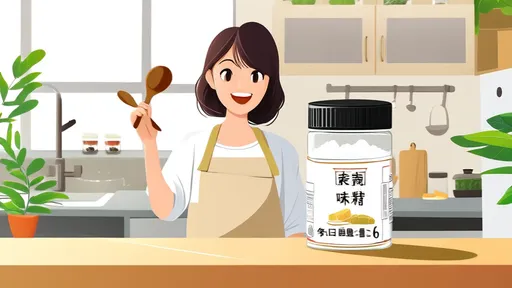
By /Jul 31, 2025
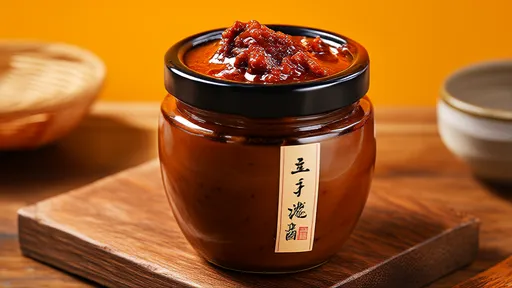
By /Jul 31, 2025

By /Jul 31, 2025
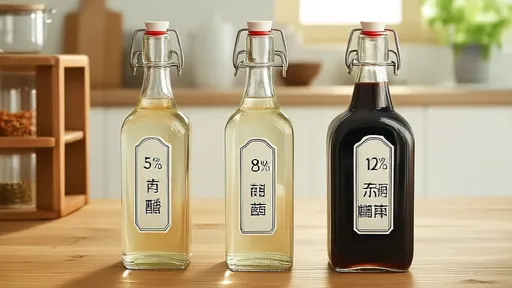
By /Jul 31, 2025

By /Jul 31, 2025
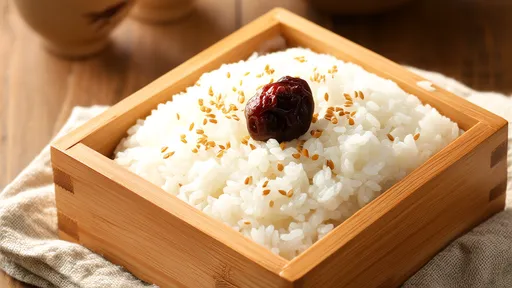
By /Jul 31, 2025

By /Jul 31, 2025

By /Jul 31, 2025
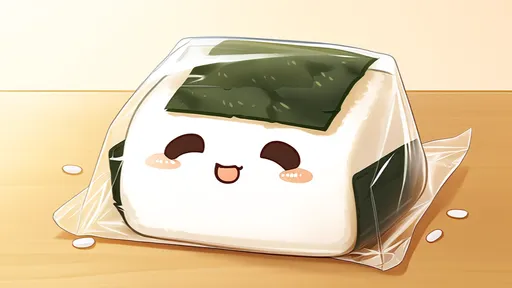
By /Jul 31, 2025

By /Jul 31, 2025
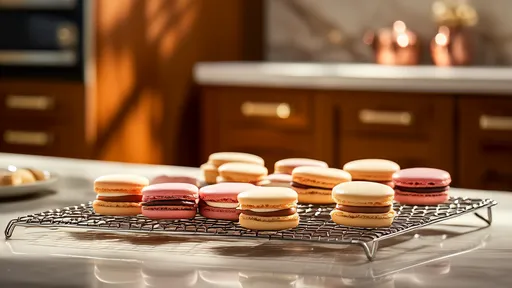
By /Jul 31, 2025

By /Jul 31, 2025

By /Jul 31, 2025
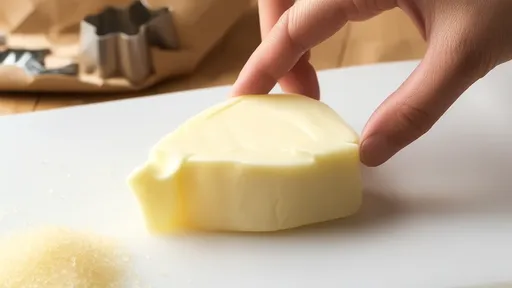
By /Jul 31, 2025

By /Jul 31, 2025
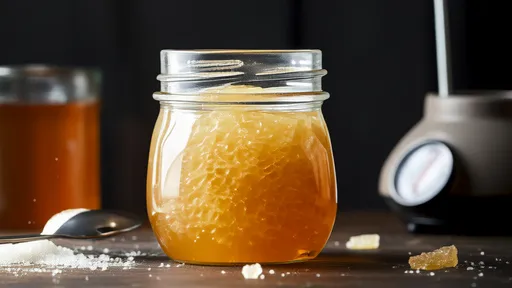
By /Jul 31, 2025

By /Jul 31, 2025
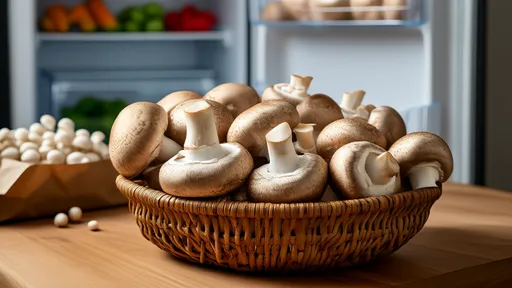
By /Jul 31, 2025
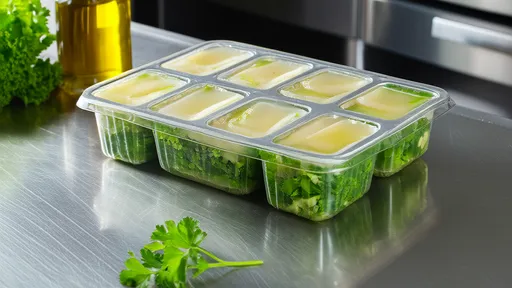
By /Jul 31, 2025
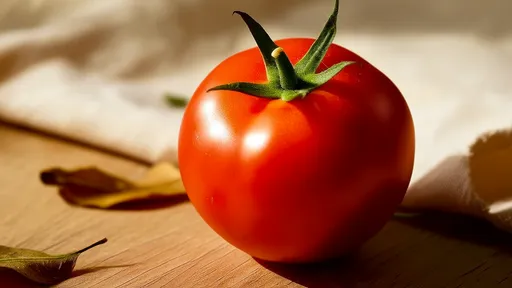
By /Jul 31, 2025